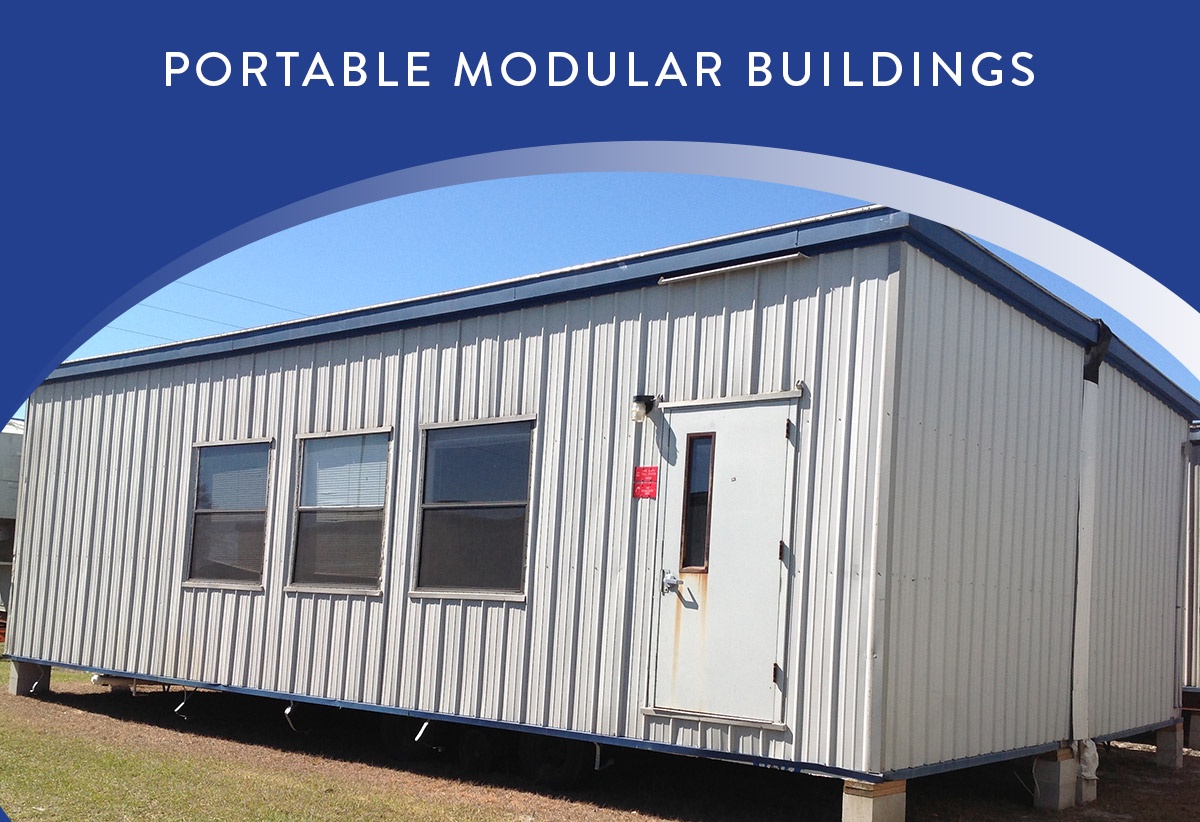If you’re looking for an eco-friendly structure for your home, business, storage and so on? Then keep reading! Today, we’ll be talking about one of the most sustainable structures around today–modular buildings.
This is considered to be a “greener” option in structures due to the process of how it’s built. Unlike traditional construction, modular buildings are less invasive, are quicker to build, use less manpower, cause less pollution and have less waste.
Plus modular buildings can be used in a variety of ways, may it be for housing, storage, business and even modular healthcare buildings like clinics, emergency rooms and so on. But for you to understand how sustainable this structure is, here is a rundown of key factors for you to consider:
What are the sustainable features modular buildings offer?
There are at least 5 common sustainable features you can find in any modular building. And for you to know what each one is, check out the list below:
-
Resource efficiency
First on the list is recourse efficiency! Modular buildings are renowned for their efficiency. They are constructed using off-site fabrication, which drastically reduces the amount of time spent on-site and efficiently reduces the waste of materials. This promotes sustainable construction practices and improves project efficiency and responsibility for the environment.
-
Reduce environmental impact
This is because modular buildings are prefabricated in a controlled factory. So that means, less construction-related disturbance–less waste, less noise pollution, less invasiveness and less air pollution.
-
Energy efficiency
This structure is energy efficient from start to finish. During the process of it being built, it uses less energy since it’s quicker to finish compared to traditional construction and it requires less manpower.
When it’s done, it also uses less energy since it’s designed with energy-efficient features! Features you can expect are optimized HVAC systems, better insulation, incorporation of smart technology and better energy management overall.
-
Flexibility and reusability
Modular structures are intended to be versatile and flexible. There is less need for destruction and reconstruction when they may be enlarged, changed, or moved. So for instance, if you currently use your modular building as a cafe and one day would like to use it for something else, you can!
-
Quality control
Strict supervision in regulated production settings ensures a strong commitment to quality standards. This promotes consistency and accuracy and ensures long-lasting structures with increased robustness, decreased flaws, and extended lifespans, which raises the overall dependability and longevity of the finished goods.
What are the considerations for the long-term viability of modular buildings?
There are 5 to consider, to know how each one plays out you need to know them apart, so here is a rundown:
-
Durability and maintenance
The quality of materials and construction methods utilised to determine how long modular structures last. They require routine care and maintenance to be durable. So if you want your modular building to last longer and stay durable, consider putting in some effort to clean and maintain it.
-
Adaptability
Though modular buildings provide instant flexibility, their inherent adaptability ultimately hinges on their ability to fluidly accommodate changing dynamics and needs. This includes possible modifications such as expansion, adaptive changes, or repurposing, which guarantees their continued relevance and utility over the course of their lifetime. And also embodies a flexible and responsive response to constantly changing demands in the architectural landscape.
-
Regulations and standards
The longevity, security, and acceptance of modular structures throughout time in different places depend heavily on adherence to industry standards, building laws, and regulations. So depending on where you live, it may vary.
-
Life Cycle assessment
To determine the overall sustainability of modular structures, a thorough examination of their whole life cycle—which includes raw material extraction, production, transportation, usage, and disposal—is essential.
-
Technological advancements
Future developments in sustainable technology, environmentally friendly building materials, and construction methods all contribute to the possibility of supporting the resilience, longevity, and ecological sustainability of modular buildings. This means that these architectural solutions will continue to be improved upon over time, increasing their lifetime and sustainability standards.
Take away
Now you know a good sum about how sustainable modular buildings are, you might want to consider this structure next time. But, modular buildings' sustainability is mostly dependent on careful design, high-quality construction, routine maintenance, and their capacity to change with time to meet changing demands.
However, their techniques are expected to remain viable as a sustainable building option in the long run as long as innovation and advancements in this area continue. Sustainability is becoming an increasingly important consideration in construction and that is something you can count on modular buildings.


No comments yet